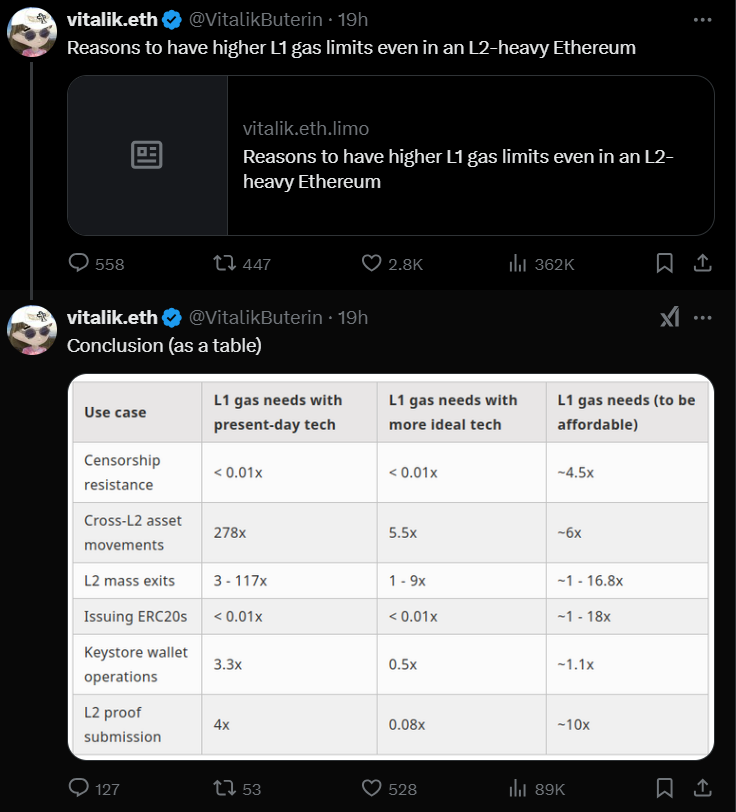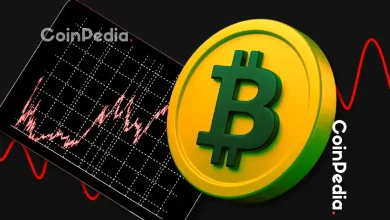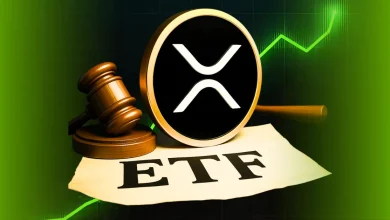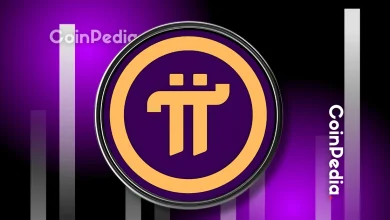Vitalik Buterin Argues for Higher ETH Gas Limit to Boost Censorship Resistance and Reduce Costs

Vitalik Buterin urges a 10x Ethereum gas limit increase to improve transaction efficiency and support Layer 2 growth. Will it happen?
Ethereum's gas limit rises to 36M, but Buterin warns L1 must scale 10x to ensure network security and mass L2 withdrawals.
Last week, Ethereum’s ability to process more transactions got a boost when validators decided to raise the gas limit for the first time since late 2021, and notably, the first time since the network’s Merge. Despite this increase, Vitalik Buterin

 Vitalik Buterin Vitalik Buterin is a well-known tech geek, influencer, and computer programmer. To promote the blockchain, he started Bitcoin Magazine and provided blockchain information for cryptocurrency investors. In 2015, he co-founded Ethereum, a blockchain platform that contributed to decentralized finance.
Quick Facts
Full name Vitaly Dmitrievich Buterin Birth 31-01-1994, Kolomna, Russia Education University of Waterloo Wife/Partner To be updated / Not Married Famous for Ethereum, ETH, Blockchain advocate/promoter Net Worth $1B (refer for real-time)
Buterin recognized the need for decentralized finance and used smart contracts to publish the Ethereum whitepaper. His contributions paved the way for Ethereum's transition to Proof-of-Stake, which proved to be scalable and effective. Furthermore, he introduced Ether (ETH), the blockchain platform's native coin.
A Timeline of Vitalik’s Career Co-founded Bitcoin Magazine (2011) – Established one of the first crypto publications, writing extensively on Bitcoin and blockchain.
Authored Ethereum Whitepaper (2013) – Proposed a blockchain with smart contract functionality for decentralized applications (d Apps).
Co-founded Ethereum (2015) – Launched Ethereum after a successful $18M ICO, revolutionizing the blockchain ecosystem.
Developed Ethereum Virtual Machine (2015–2016) – Created the EVM, enabling developers to build and deploy smart contracts.
Worked on Ethereum Scalability (2017–2021) – Contributed to Layer 2 solutions like Rollups, Plasma, and Sharding.
Led Ethereum’s Transition to Proof-of-Stake (2018–2022) – Helped develop and implement Ethereum 2.0, merging the Beacon Chain in 2022.
Blockchain Research & Cryptography (2016–Present) – Focused on zk-SNARKs, privacy tech, and decentralized governance models.
Philanthropy & Crypto Advocacy (2017–Present) – Donated millions in crypto for pandemic relief, AI research, and financial inclusion. EntrepreneurCrypto and Blockchain Expert believes that the ETH gas limit should be raised even more. He argues that a higher gas limit would better support transaction inclusion and the development of applications, especially when most of the activity is happening on Layer 2 solutions.
Vitalik Buterin Vitalik Buterin is a well-known tech geek, influencer, and computer programmer. To promote the blockchain, he started Bitcoin Magazine and provided blockchain information for cryptocurrency investors. In 2015, he co-founded Ethereum, a blockchain platform that contributed to decentralized finance.
Quick Facts
Full name Vitaly Dmitrievich Buterin Birth 31-01-1994, Kolomna, Russia Education University of Waterloo Wife/Partner To be updated / Not Married Famous for Ethereum, ETH, Blockchain advocate/promoter Net Worth $1B (refer for real-time)
Buterin recognized the need for decentralized finance and used smart contracts to publish the Ethereum whitepaper. His contributions paved the way for Ethereum's transition to Proof-of-Stake, which proved to be scalable and effective. Furthermore, he introduced Ether (ETH), the blockchain platform's native coin.
A Timeline of Vitalik’s Career Co-founded Bitcoin Magazine (2011) – Established one of the first crypto publications, writing extensively on Bitcoin and blockchain.
Authored Ethereum Whitepaper (2013) – Proposed a blockchain with smart contract functionality for decentralized applications (d Apps).
Co-founded Ethereum (2015) – Launched Ethereum after a successful $18M ICO, revolutionizing the blockchain ecosystem.
Developed Ethereum Virtual Machine (2015–2016) – Created the EVM, enabling developers to build and deploy smart contracts.
Worked on Ethereum Scalability (2017–2021) – Contributed to Layer 2 solutions like Rollups, Plasma, and Sharding.
Led Ethereum’s Transition to Proof-of-Stake (2018–2022) – Helped develop and implement Ethereum 2.0, merging the Beacon Chain in 2022.
Blockchain Research & Cryptography (2016–Present) – Focused on zk-SNARKs, privacy tech, and decentralized governance models.
Philanthropy & Crypto Advocacy (2017–Present) – Donated millions in crypto for pandemic relief, AI research, and financial inclusion. EntrepreneurCrypto and Blockchain Expert believes that the ETH gas limit should be raised even more. He argues that a higher gas limit would better support transaction inclusion and the development of applications, especially when most of the activity is happening on Layer 2 solutions.
Ethereum’s Gas Limit Needs 10x Increase
Vitalik Buterin has suggested that Ethereum needs to significantly increase its Layer 1 (L1) gas capacity to better support transactions and application development as more activities shift to Layer 2 (L2) solutions. In a recent blog post, he proposed that expanding L1 capacity by about ten times would ensure that essential network functions are maintained even as applications move to L2.
By raising the gas limit, Ethereum could process more transactions and complex operations per block, which would also affect transaction fees.
Vitalik Buterin argued for further raising Ethereum’s gas limit, even after it was recently increased from 30 million to 36 million. A higher gas limit means more transactions can fit into each block, but it also speeds up the growth of Ethereum’s data, making it harder to run a full node as time goes on.

If running a node becomes too resource-intensive, fewer people might choose to operate their own, which could lead to more reliance on centralized node providers and reduce Ethereum’s decentralization.
L1 to Act as Safety Net
Buterin highlighted the importance of L1 as a safety mechanism in case a major Layer 2 platform fails, noting that Ethereum’s current capacity might not be enough to manage mass withdrawals if a widely-used L2 collapses. He roughly calculated that, without improvements, Ethereum would need to scale by nearly 9 times to effectively handle large-scale exits.
Vitalik Buterin analyzed potential mass withdrawals from L2 back to Ethereum’s main chain (L1), finding that with current gas settings, millions could exit safely within a week to a month, depending on the system’s setup. He suggested optimizations that could reduce the gas required per exit, improving safety during network stress.
He also touched on the risks associated with launching ERC20 tokens on L2, advocating for launches on L1 despite higher costs to mitigate governance risks.
Buterin also pointed out the challenges in moving assets like low-volume tokens and NFTs between Layer 2 platforms, which often require going through Layer 1 and can be costly with the current limits. He estimated that to reduce these costs to a reasonable level, Ethereum’s Layer 1 capacity would need to increase by about 5.5 times.
Never Miss a Beat in the Crypto World!
Stay ahead with breaking news, expert analysis, and real-time updates on the latest trends in Bitcoin, altcoins, DeFi, NFTs, and more.











